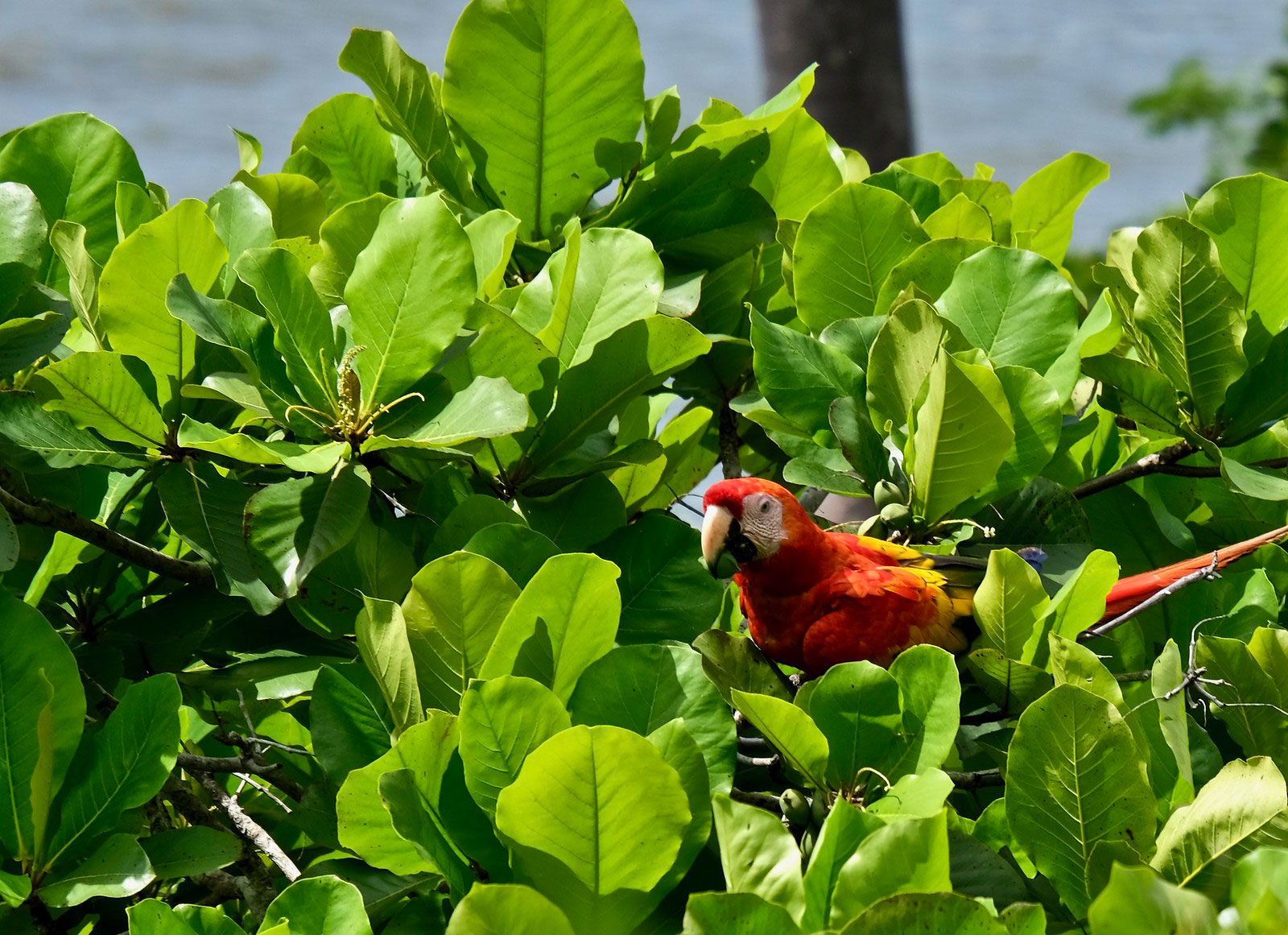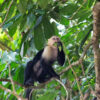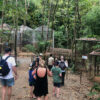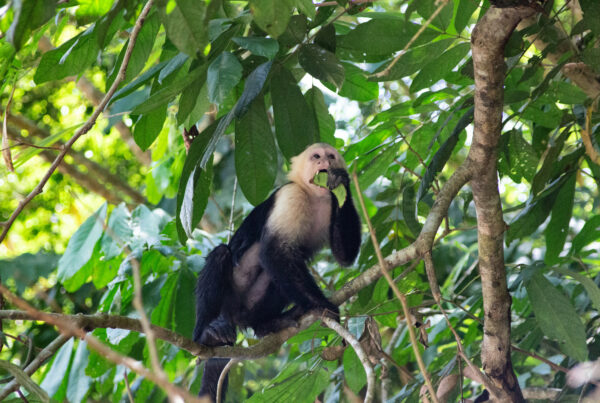You may have heard the distinctive squawk of the scarlet macaw (Ara macao), but chances are you may have only seen one in a zoo. Seeing a flock of these colorful birds flying free in the wild is an unforgettable experience – and one that may happen during your stay at Casa Roja! The scarlet macaw gets its name from the bright red feathers covering its head, shoulders, and torso. Its wings and tail feathers are a rainbow of blue, yellow, and orange, and its face is distinctively white with inquiring eyes. Originally, these large birds were common from Mexico to Brazil; however, many northern populations have been extirpated or highly reduced. Scarlet macaws are slowly recovering in some regions of Costa Rica – one being the Osa Peninsula.
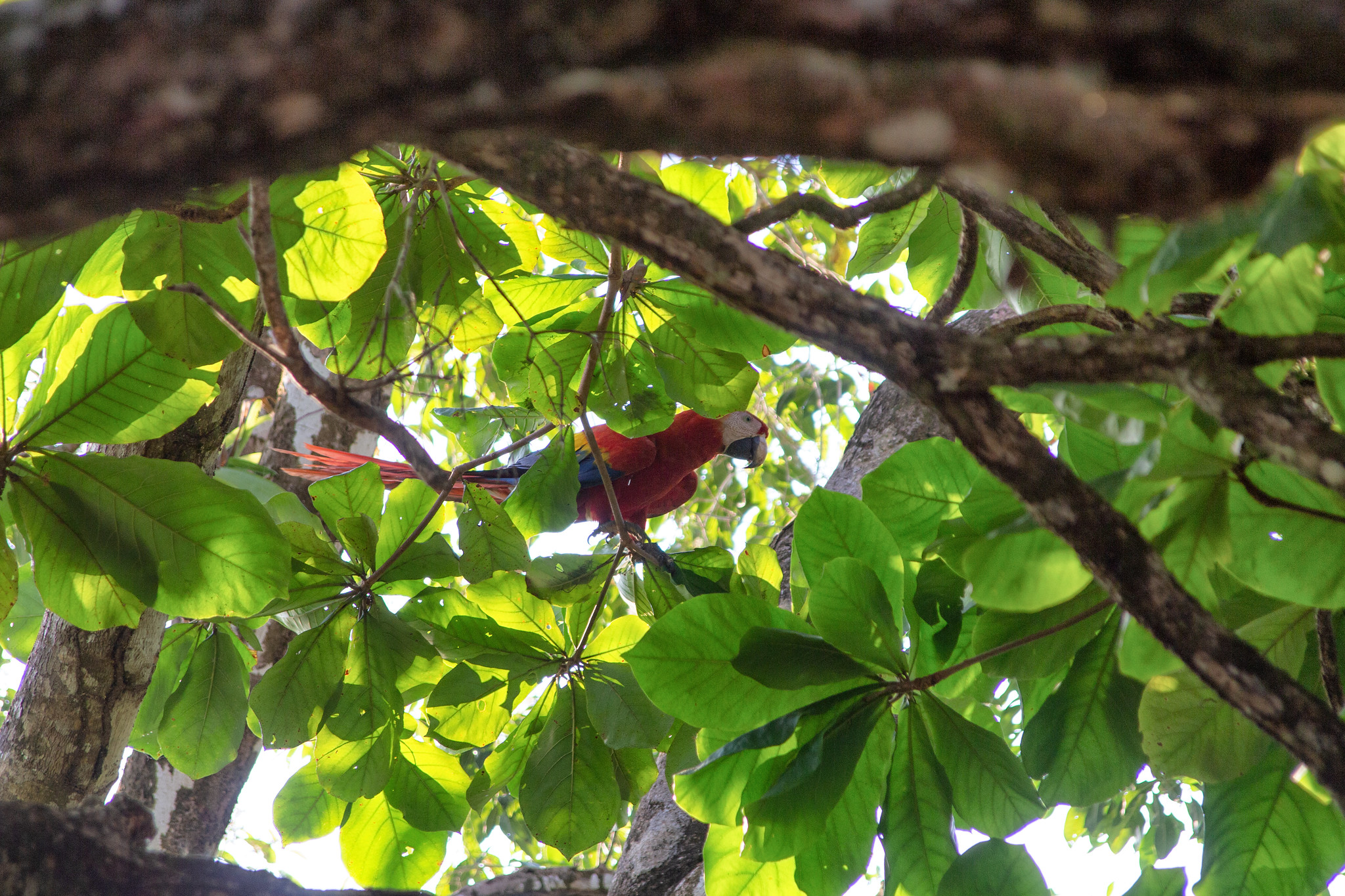
There are two subspecies of scarlet macaw (Ara macao): the South American subspecies lives in the Amazon basin, and the larger North Central American subspecies, which can grow up to 3 feet long, lives in Mexico, Belize, Guatemala, and Costa Rica. The birds mate for life with one partner and care for their young for two years, so you can usually spot them in pairs, family groups, and sometimes flocks. Although the southern subspecies is common throughout the Amazon, the northern subspecies has suffered from habitat loss due to agriculture, logging, and illegal capture for the pet trade. Wild birds are sometimes confiscated from poachers and then reintroduced in Costa Rica and Mexico to help save the species’ biodiversity (Nadera et al. 1999). Scarlet macaws can live up to 75 years in captivity, but a typical lifespan is closer to 40 or 50 years.
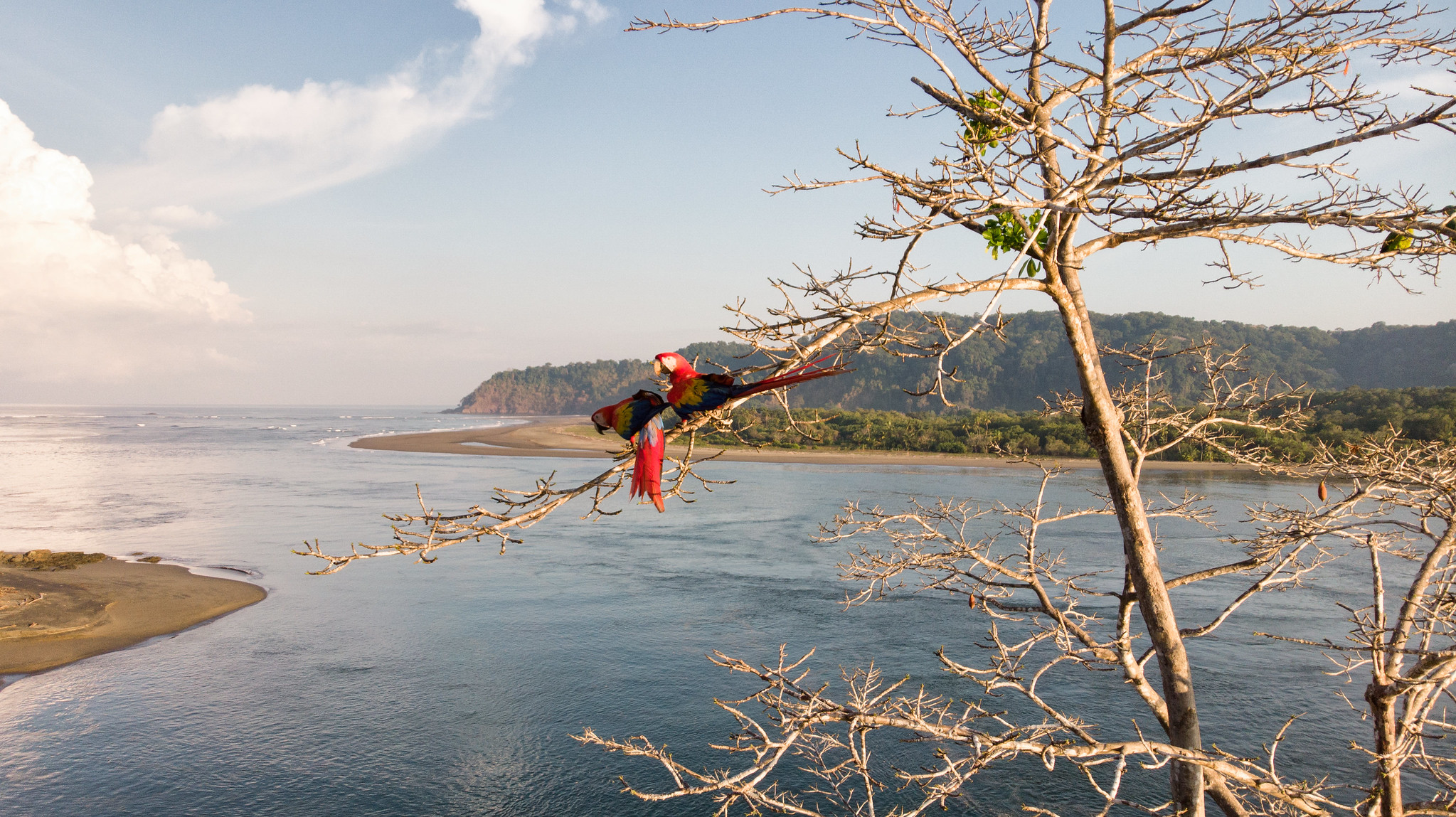
In Costa Rica, scarlet macaws were quite abundant in the Pacific and the northern regions of the country about 40 years ago, and individuals were often spotted flying in large flocks. However, these birds have been threatened by deforestation and by nest robbing to obtain chicks for the illegal pet trade. Today, several conservation actions, such as reintroductions, captive breeding, placement of artificial nests in the wild, local programs to protect the macaw, education, and new laws, have contributed to their partial recovery. Thanks to these efforts, populations can be found in the central and south Pacific slope, near the surroundings of Carara National Park (approximately 260 individuals) and in the Osa Peninsula (approximately 50-100 individuals), as well as a few individuals in Guanacaste (mainly Palo Verde) and the Northern Caribbean region. Due to the severe threats they have faced, scarlet macaws in Costa Rica have been declared to be at risk of extinction. Fortunately, eco-tourism now provides locals an alternative to poaching and helps everyone better understand the value of biodiversity. The scarlet macaw has now become an important tourist icon that Costa Ricans defend and proudly show as part of the beauty of the country.

You are most likely to see a scarlet macaw in tall, shady, deciduous forests below 1,500 m elevation and near rivers. These birds prefer to nest in tree cavities of ajo, guapuruvu, almond, or ficus trees, and reproduce during the dry season. They eat fruits, seeds, and sometimes flowers and insect larvae. Although known for residing within the National Parks, they can be spotted all throughout the Osa Peninsula and Golfo Dulce if you are lucky. Scarlet macaws often visit the trees near Casa Roja, and can also be spotted while traveling down the Sierpe River. Keep your eyes and ears peeled for a flash of red and a screechy squawk!


